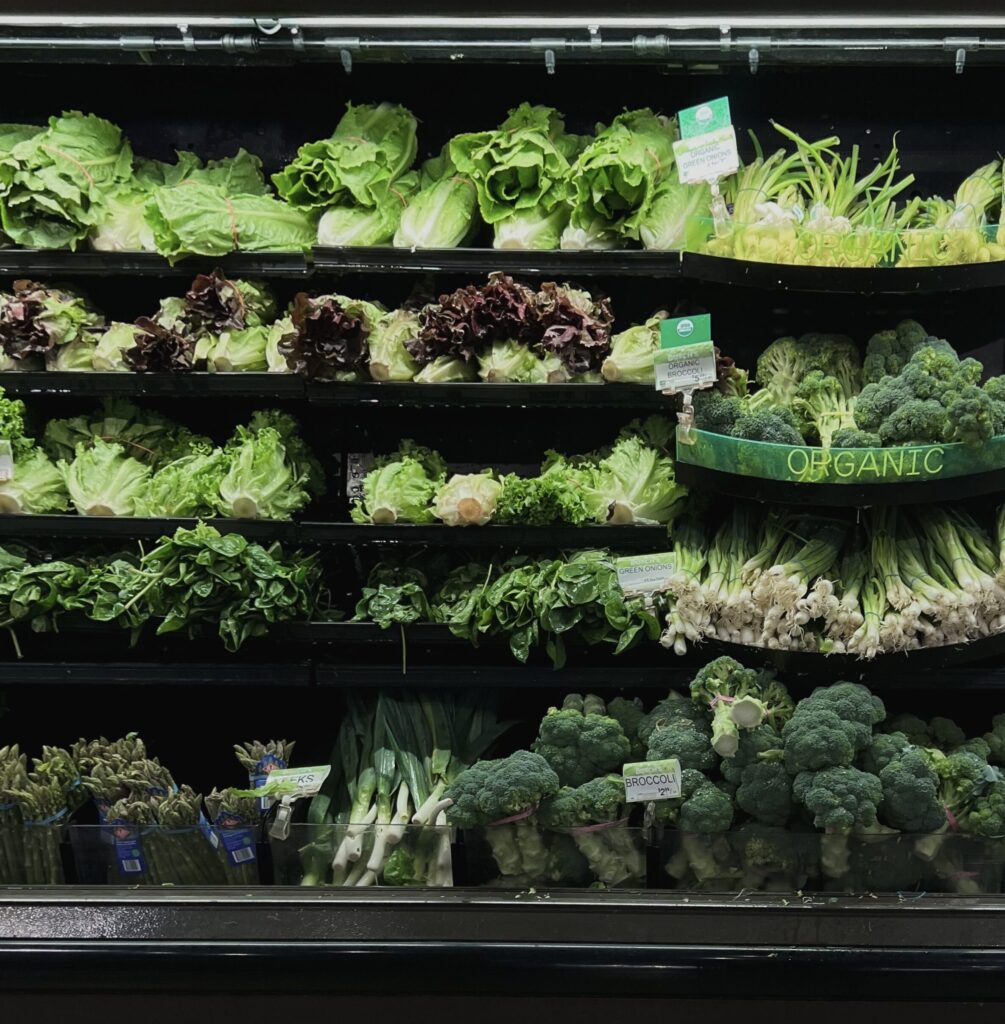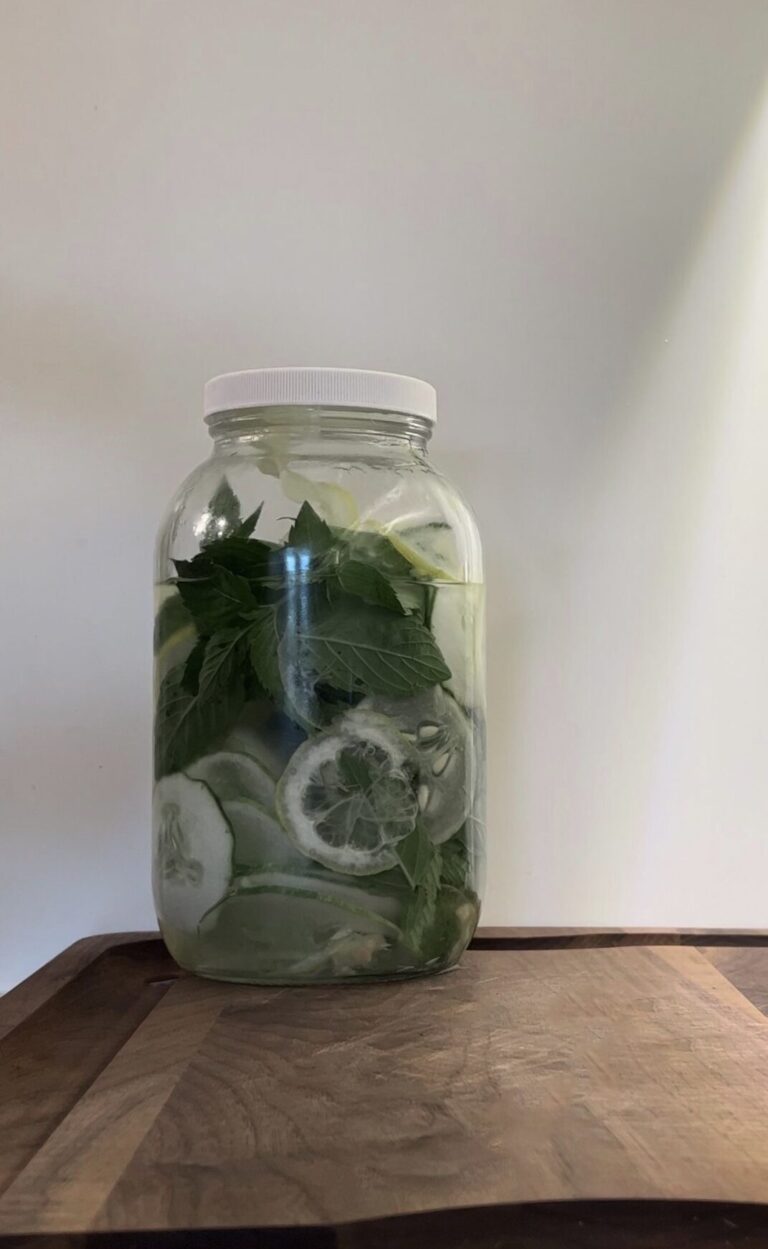Grocery shopping is one of those never-ending tasks that you’ll need to face day after day, week after week…forever. To some it’s a Sunday ritual, to others it’s a chore they’ll procrastinate—no matter how you interpret it, we all have to do it. The foods you choose to welcome into your home will have a huge impact on your health and wellness—so why not sharpen your grocery skills and make it a more rewarding, efficient, and productive experience? It’s time you master the art of grocery shopping! Through these top five strategies I’ve learned how to grocery shop in a way that best serves me, my lifestyle, and my health goals.
1. Come With A List
Grocery stores are nothing short of overwhelming. Save yourself the time, money, and stress and come with a list. With a list in hand you’ll be able to navigate the store in half the time, stick to your budget, and purchase goods you plan to consume in a mindful manner. Lists help ensure you purchase all the items you intended to and avoid impulse splurges. When preparing a list you can plan your meals and snacks, which will in turn encourage healthier food choices and minimize food waste. (Bonus points if you organize your items by section!!)
2. Choose Organic (When You Can)
Eating organic reduces the amount of chemicals and toxins you allow into your body. The use of pesticides, genetic modification, and further contamination is strictly monitored in the production of organic goods. The health benefits are plentiful, however, the access and affordability of these goods are not available to all. There’s a TON of reasons most people can’t go 100% organic, but stay informed, proactive, and do what you can. As a best practice review EWG’s annual list for the Clean Fifteen and the Dirty Dozen to learn how to make educated decisions on which items to prioritize and/or avoid when shopping organic versus traditional.
3. Eat Seasonal
Eating with the seasons is designed to nourish and maximally support human health. It quite literally harmonizes us with the surrounding elements and natural rhythms of our planet.
— In the summer you’ll find an abundance of nutrient-dense produce that keep us hydrated and cool.
— In the fall and winter you’ll find an abundance of starches that keep us warm and full.
— In the spring you’ll find an abundance of leafy greens to alkalize us in preparation for the transition back to summer.
Foods that are “in season” often not only taste better but they also offer greater nutritional value because they are harvested at their peak. This sustainable practice best serves us and our environment.
4. Shop Local
Coming from the cold state of Michigan, I can often only shop a traditional farmer’s market on a very short and seasonal basis. More recently I’ve become more in tune with mom-and-pop farm shops. Many local farms sell their locally grown produce, meat, dairy, and other animal products directly from their farm to your home. Much like farmers markets, these shops may also be seasonal but many operate full-time and year round. Farmers produce very high quality and fresh products and you can literally trace back your food from directly where it came from (which is RARE!) I’ve found a great local farmer that I consistently purchase fresh meat and eggs from and I will never go back! This may not always be the case, but many farmers are also often able to offer cheaper prices due to reduced transportation and production costs—plus you are doing right by your community supporting locally operating small businesses. Do your research and discover what may be available near you.
5. Avoid “Frankenfoods”
Food labels can be tricky and misleading. As a general rule of thumb if the list of ingredients on a food label is longer than 2–3 lines and includes words you can’t pronounce, it likely falls under the umbrella of ultra-processed Frankenfoods that are unfavorable for your health. Frankenfoods AKA ultra-processed foods are loaded with foreign lab-crafted chemicals, preservatives, and high levels of saturated fat, salt, and sugar. If you don’t recognize it, chances are that your body won’t either!
When shopping foods that are processed opt for organic, find brands you trust and love, and learn the basics of nutrition labels. If you are coming from a place where you are unfamiliar and intimidated by interpreting food labels, there are resources out there to help you! My best recommendation would be use the Yuka app (or an app of this nature) to support you during your grocery shopping process. With a simple barcode scan, Yuka deciphers the product label, analyzes the health impact of the product, and rates it on a scale of 0-100 with an explanation behind their ranking.
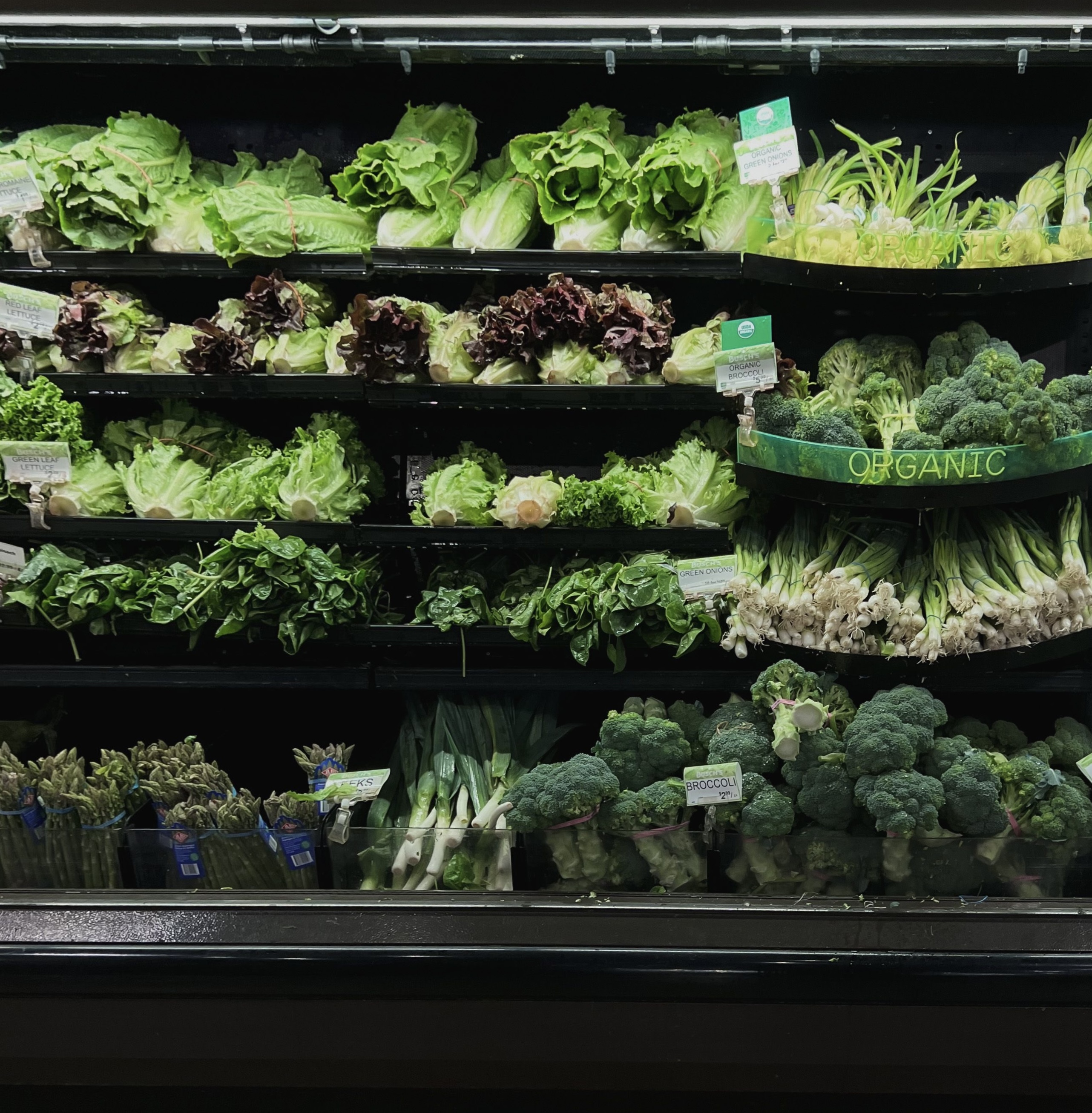
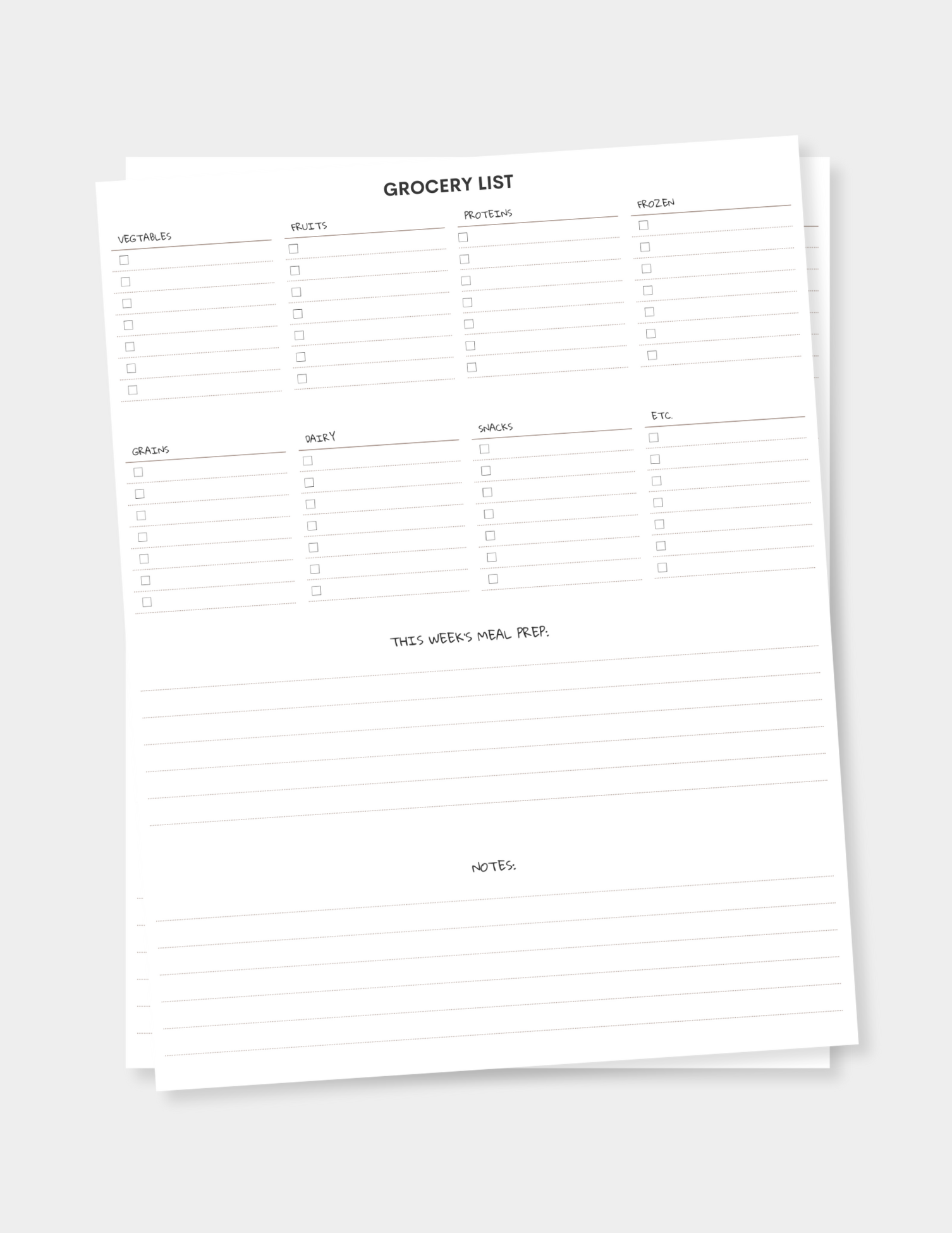
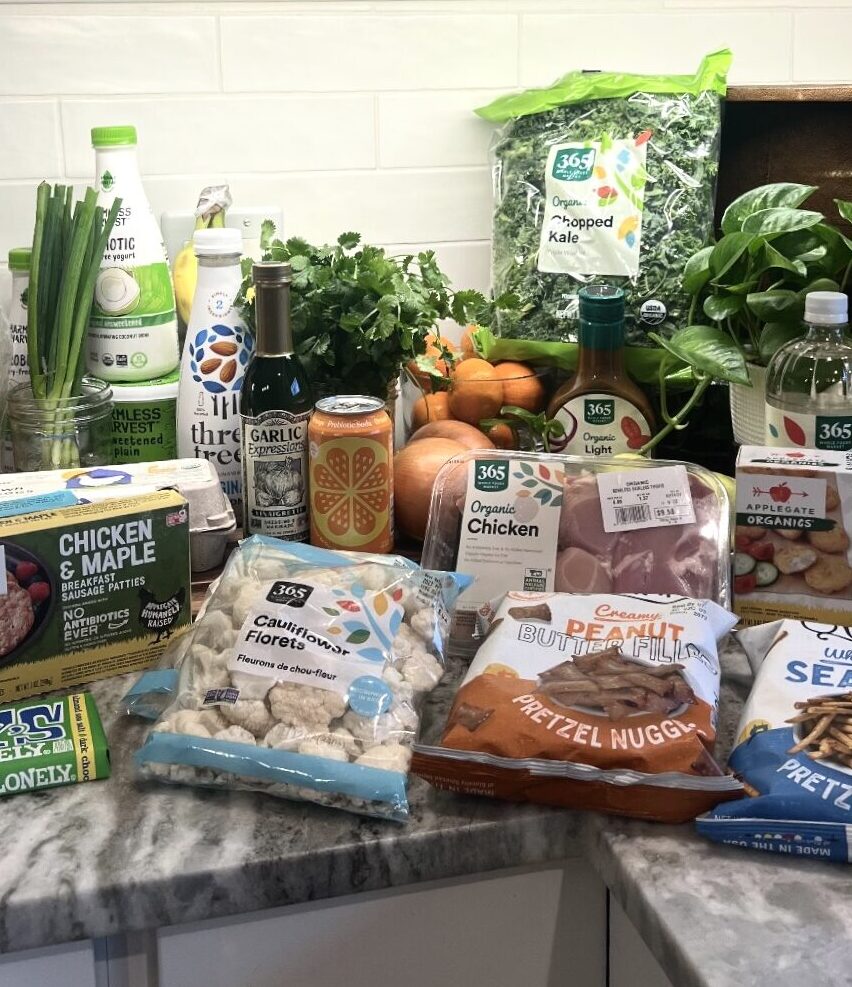
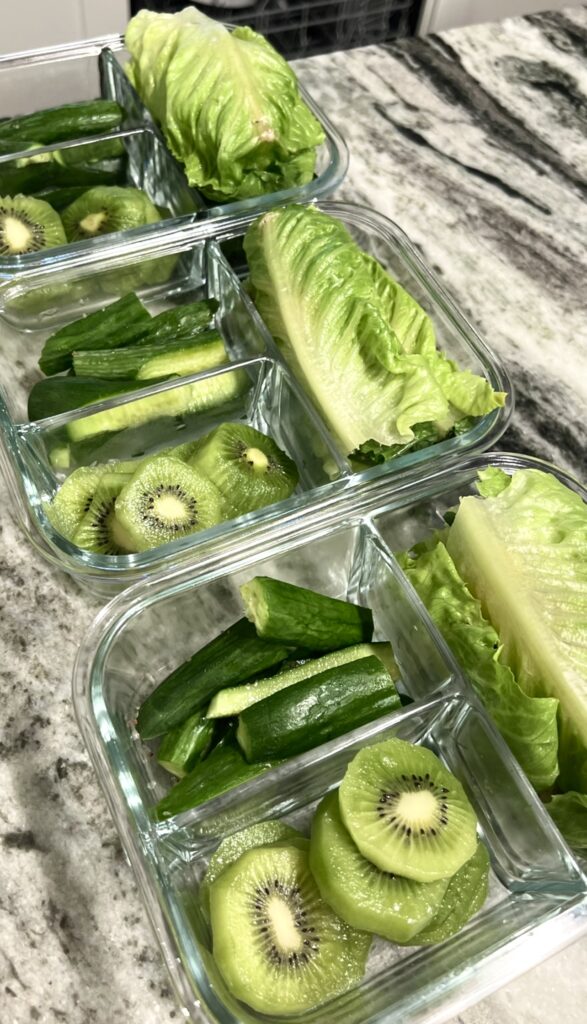
Disclosure: As an Amazon Associate, I earn from qualifying purchases. Wholesome Holistic is a participant in the Amazon Services LLC Associates Program, an affiliate advertising program designed to provide a means for sites to earn advertising fees by advertising and linking to [https://www.amazon.com/shop/wholesomeholistic].

